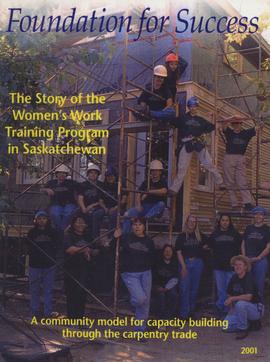Title and statement of responsibility area
Titel
Algemene aanduiding van het materiaal
Parallelle titel
Overige titelinformatie
Title statements of responsibility
Titel aantekeningen
Beschrijvingsniveau
archiefbewaarplaats
referentie code
Editie
Editie
Edition statement of responsibility
Class of material specific details area
Statement of scale (cartographic)
Statement of projection (cartographic)
Statement of coordinates (cartographic)
Statement of scale (architectural)
Issuing jurisdiction and denomination (philatelic)
Datering archiefvorming
Datum(s)
-
1995, 2001 (Vervaardig)
Fysieke beschrijving
Fysieke beschrijving
Publisher's series area
Title proper of publisher's series
Parallel titles of publisher's series
Other title information of publisher's series
Statement of responsibility relating to publisher's series
Numbering within publisher's series
Note on publisher's series
Archivistische beschrijving
Naam van de archiefvormer
Geschiedenis beheer
Bereik en inhoud
Delivery agent and target audience:
SaskWITT with Denise Needham. Program location: Regina
Partners, supporters and stakeholders too numerous to mention. Funding structure is detailled in the included report.
In 1995, in response to an invitation by a visionary at a Crown Corporation in Saskatchewan -New Careers - Denise Needham and Valerie Overend submitted a 2-page concept paper outlining a sustainable training program for women in construction trades. This became the foundation for the largest and most complicated program that Overend ever developed or managed – the Women’s Work Training Program. Over the course of 5 years, Needham and Overend conducted 3 intakes of 16 women on social assistance or from low-income backgrounds and provided a supportive training atmosphere for them to complete 4 levels of Apprenticeship as well as establish a worker’s co-operative – the Regina Women’s Construction Cooperative (RWCC). Specifically, Overend was the Organizational Consultant and responsible for writing copious funding proposals and reports, designing systems, policies and procedures, and working with partners and funders to massage status quo practices and ensure adherence to both our objectives and theirs. she also taught. The massive project required 1 ½ million dollars over 5 years, hundreds of meetings and interviews, and customization in all aspects of training principals.
The funding proposal is a complete outline of the program that ran from February 1996 – December, 2000. It provides a solid overview of a 5 year women’s carpentry apprenticeship program. Our 2-page pitch led to funding for a fully-developed vision that addressed issues of continuity in training programs as well as supported workplace attachments. New Careers arranged for a few meetings with key players in the training/labour market in Saskatchewan to come together and brainstorm strategies that they could commit to that would lead to success of this 5 year program. It was not without bumps and major hurdles, but Needham and Overend did it! The report “Foundation for Success” (below) provides for a final narrative on the program.
At the end of 5 years, Overend wrote a 140 page comprehensive report that provides a template for women’s trades training programs in Canada. It includes detailed descriptions of inputs, activities, monitoring and evaluation, outputs, outcomes and impacts of the program. It traces the birth of the Regina women’s Construction Cooperative which evolved with the senior women in the program under our stewardship. Appendices include outlines of the application process, academic timetables, shop tasks and projects, LifeSkills components, and evaluation questionnaires. A complicated funding model is simplified through a coloured Venn Diagram and timelines of six phases of training are similarly illustrated.
In the first few months of operation, we were fortunate to catch the attention of a professor from Queen’s University, Margaret Hillyard Little, who wanted to study a retraining program in Canada that successfully boosted women off welfare. She selected WWTP and spent the next few years visiting often and interviewing the women in the program. In 2005, UBC Press published her book “If I Had a Hammer, Retraining that Really Works”. This profiles the lives of the students and instructors and identifies successes and shortcomings of the program as seen through the eyes of the women involved.
Aantekeningen
Materiële staat
Directe bron van verwerving
Ordening
Taal van het materiaal
- Engels

